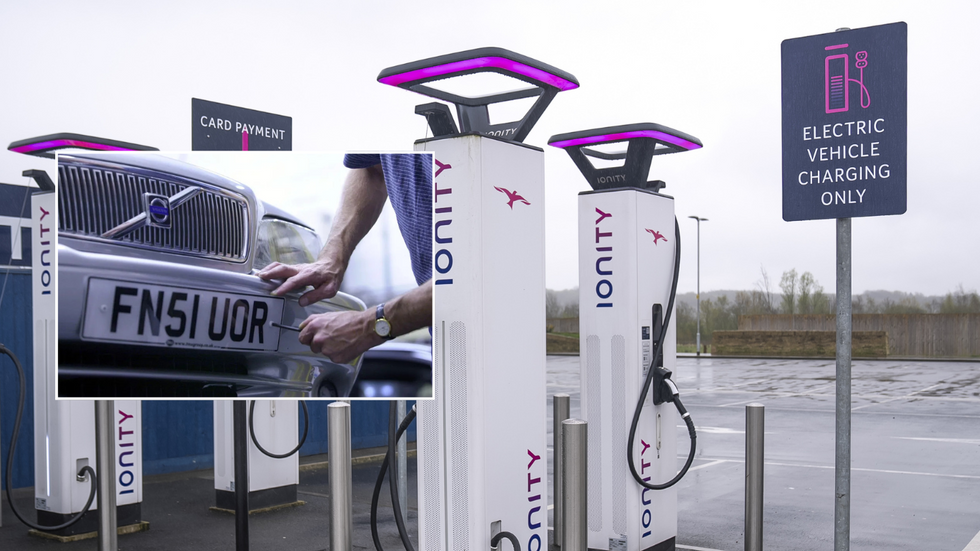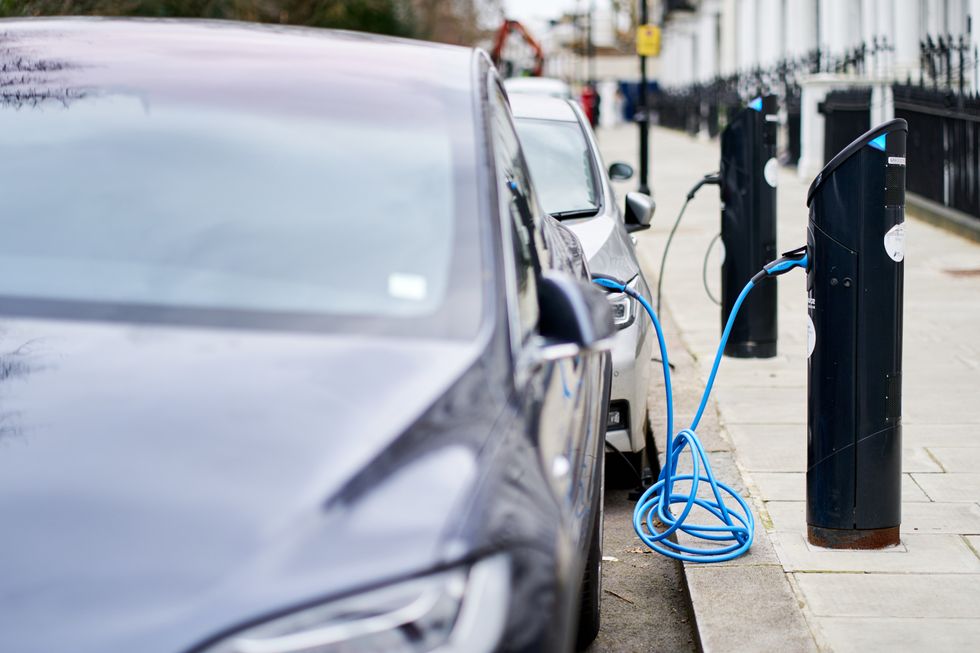Electric vehicle car sales in the UK reached their highest ever volume in March, with 69,313 units registered during the crucial licence plate change month.
This represented a massive 43.2 per cent increase compared to March 2024, according to the latest figures from the Society of Motor Manufacturers and Traders (SMMT).
The growth comes as March is traditionally the most important month for the new car market, with the new '25 plate' typically accounting for around 16 per cent of annual registrations.
But despite this significant growth, electric vehicles captured just 19.4 per cent of the overall market share, this falls short of the Zero Emission Vehicle Mandate for 2025.
Do you have a story you'd like to share? Get in touch by emailing[email protected]
March and September are key months for car sales ahead of the number plate changes
PA/GETTY
The mandate requires 100 per cent of new car sales to be electric by 2035, with at least 28 per cent electric by this year, a target experts have warned may not be attainable.
The shortfall has prompted renewed calls from industry leaders for Government incentives and regulatory review to stimulate demand.
The overall new car market saw a 12.4 per cent boost in March, with registrations rising to 357,103 units. This represents the best March performance since 2019, building on the 10.4 per cent growth seen in March 2024.
Private buyer uptake recovered with a 14.5 per cent rise in registrations, following last year's lacklustre performance. Fleet registrations increased by 11.5 per cent, while business buyers saw a marginal decrease of 0.3 per cent.
All types of electrified vehicles recorded growth in March, with hybrid electric vehicles up 27.7 per cent to 56,161 units. Plug-in hybrids saw an even stronger increase of 37.9 per cent, reaching 33,815 units.
Meanwhile, traditional combustion engines continued their decline, with petrol sales dropping slightly by 0.4 per cent to 176,847 units. Diesel registrations fell more sharply, down 10.1 per cent to 20,967 units.
Year to date, battery electric vehicles comprise 20.7 per cent of the market, with 120,191 new BEVs registered so far in 2025. This represents a 42.6 per cent increase compared to the 84,314 units registered at the same point last year.
Sue Robinson, Chief Executive of the National Franchised Dealers Association, explained that while these figures are encouraging, "last week's Spring Statement missed an opportunity in accelerating the electrification of the UK car parc".
Mike Hawes, SMMT Chief Executive said: "This represents a 42.6 per cent increase compared to the 84,314 units registered at the same point last year.
"With March being the best month ever for electric car registrations, there is reason for optimism. However, we need sustained growth, not a short-term bubble driven by unsustainable manufacturer discounting and drivers rushing to beat a tax hike."
Patrick Cresswell, co-founder of ClearWatt, said that new EV sales figures preview the second-hand market of the future, and with 69,313 sold in March alone, "this could represent a real coming of age moment for used EVs".
"We estimate that 40,000 used EVs, from that 2022 tranche or otherwise, will have been sold in March alone, with potentially 350,000 changing hands in 2025," he added.
LATEST DEVELOPMENTS:
Electric car sales were up 43.2 per cent in March compared to the same period in 2024
PA
The automotive industry faces significant challenges despite record-breaking EV sales, with the recent announcement of US tariffs adding further pressure.
A 25 per cent tariff on cars entering the US threatens to disrupt the UK automotive sector at a critical time. Manufacturers continue to incentivise EVs, with industry discounting estimated to have cost £4.5billion last year.

 By GB News (World News) | Created at 2025-04-04 13:06:27 | Updated at 2025-04-05 10:41:32
21 hours ago
By GB News (World News) | Created at 2025-04-04 13:06:27 | Updated at 2025-04-05 10:41:32
21 hours ago










